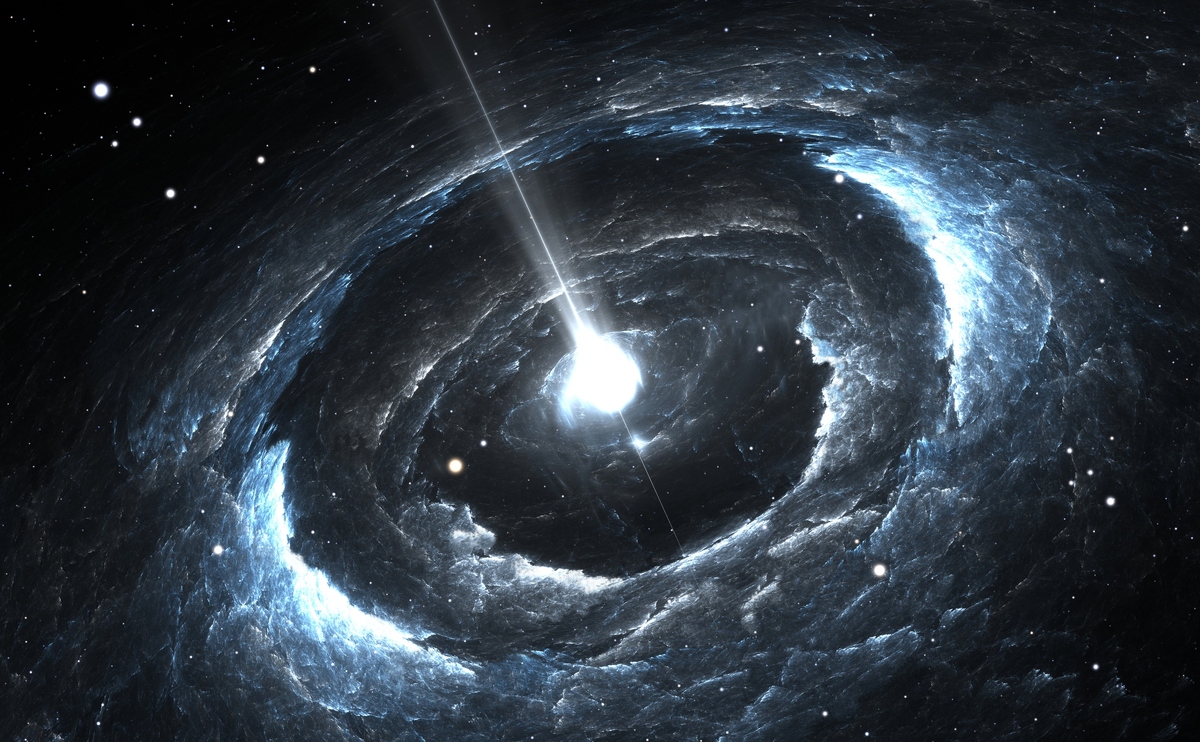What Is A Neutron Star?

In a sudden and violent end, the outer layers of the star are ejected with monstrous energy in a supernova explosion, leaving behind spectacular clouds of interstellar material rich in dust and heavy metals. At the center of the cloud (nebula), the dense stellar core further contracts to form a neutron star. A black hole can also form when the remaining core’s mass is greater than about three solar masses, the Scitechdaily reported.
A neutron star is extraordinarily dense, packing more mass than the entire Sun (1.5 to 2.5 solar masses) in a globe with a diameter of 10-15 km (about the diameter of a city like Paris). Its density is so high that a sugar cube-sized object of neutron star material would weigh as much as all the people on Earth.
Due to extreme pressure, the electrons and protons present in normal matter fuse together with the result that these exotic stars are composed almost entirely of neutrons. This ‘neutron compound’ generates enough force to support the inward pressure of gravity.
KEEP READING
Newly formed neutron stars have extremely strong magnetic fields; thousands to billions of times more intense than any magnetic field we can generate in our labs. Often neutron stars are also rotating extremely fast (completing up to hundreds of revolutions per second) and beam light at radio wavelength from their magnetic poles. This beam can be detected by radio telescopes only when it is pointing toward Earth, similar to the way a lighthouse can be seen only when the light is pointed in the direction of an observer. Because of this, the radio signal appears to be pulsating and these neutron stars are called pulsars.
When a neutron star and a normal star are orbiting each other at a close distance, the neutron star can suck material away from its companion. This material falls with a high speed onto the collapsed object, becoming extremely hot and releasing energy in the form of X-rays. The star’s powerful magnetic field interact with the blazing gas and can form jets. Systems that consist of a neutron star ‘feeding’ on a normal star are known as X-ray binaries.
By
4155/v


























Thanks for your attention to our website.
The author is EUROPEAN SPACE AGENCY (ESA).
Best regards
Admin